Table of Contents
ToggleFull Text of the 11th Amendment to the US Constitution
The Judicial power of the United States shall not be construed to extend to any suit in law or equity, commenced or prosecuted against one of the United States by Citizens of another State, or by Citizens or Subjects of any Foreign State.
Origins of the Eleventh Amendment
In 1793, a resident of South Carolina named Alexander Chisholm brought a case against the State of Georgia. He claimed that Georgia had failed to pay him for goods he had supplied during the American War of Independence.

Georgia refused the claim and would not cooperate, arguing that it was immune from suit by a resident of another state.
This immunity, it claimed, was guaranteed by the Constitution. The United States Supreme Court under Chief Justice John Jay, however, took a different stance and found in Chisholm’s favor.
Supreme Court exercising judicial power
The Supreme Court in Washington, D.C., argued that the United States Constitution allowed any dispute between a state and someone from another state to fall within its remit.
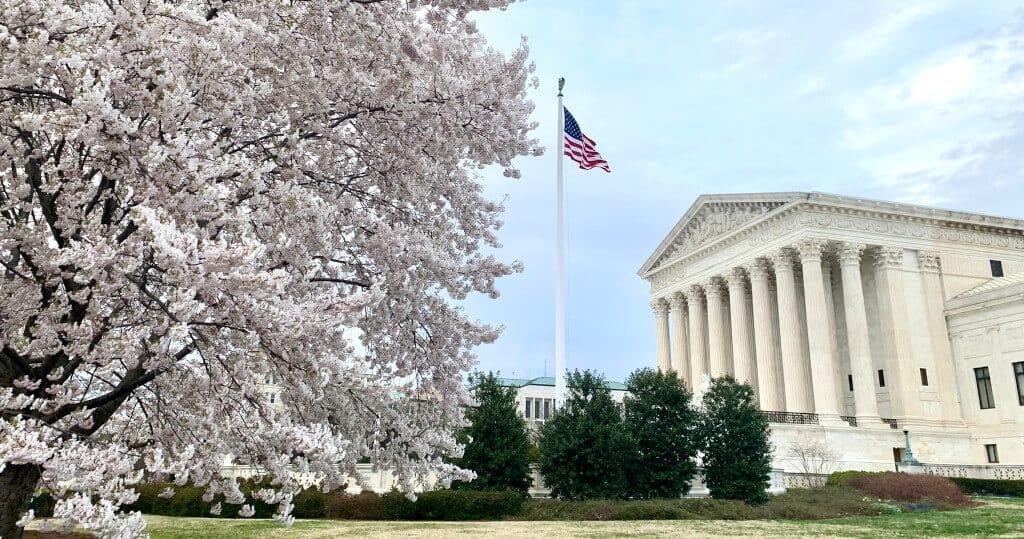
The result was an outpouring of opposition to the Supreme Court’s decision. It took just two days before Congress had a proposal presented to it, which was in due course to become the 11th Amendment.
Interpretations of the 11th Amendment
The proposal aimed to overturn the Supreme Court’s ruling in the Chisholm case.
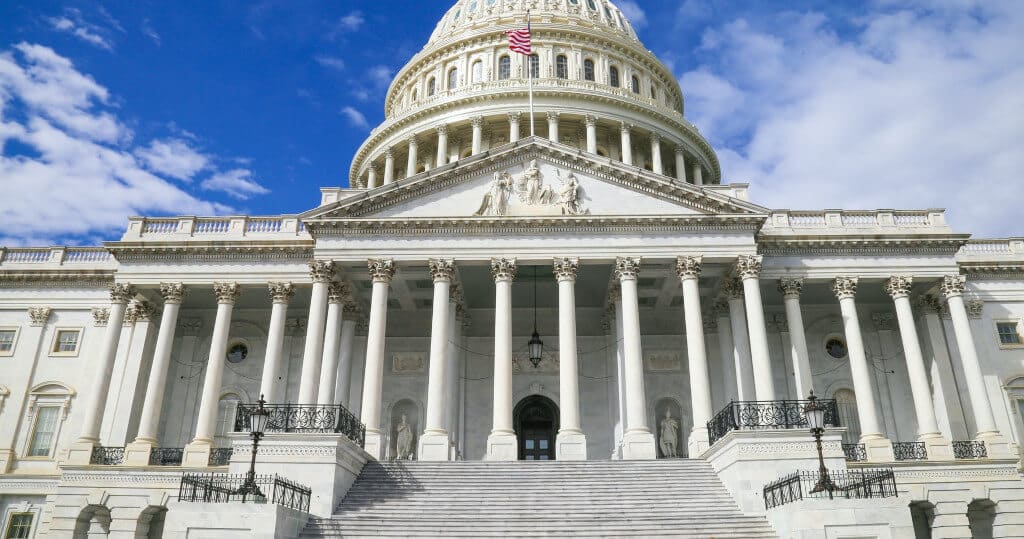
It comprised 43 words, and the aim was to ensure that federal judicial power did not extend to disputes between states and a citizen of a different state, or between a state and a foreign state. It was ratified on February 7, 1795.
Unfortunately, in attempting to clarify things, Congress made them more opaque. There are four different interpretations of the Eleventh Amendment:

Get Smarter on US News, History, and the Constitution
Join the thousands of fellow patriots who rely on our 5-minute newsletter to stay informed on the key events and trends that shaped our nation's past and continue to shape its present.
- In the simplest terms, a state can be sued in federal court only if it agrees.
- Another interpretation is that a state can be sued by someone from another state or a foreign state, but not by one of its own citizens.
- The exact opposite interpretation is that a state cannot be sued by someone from another state under the Eleventh Amendment.
- A more general interpretation allows the principle that a federal court cannot hear a case against a state. Should Congress, for some reason, take away a state’s sovereign immunity, then it will no longer enjoy protection from being sued in a federal court.
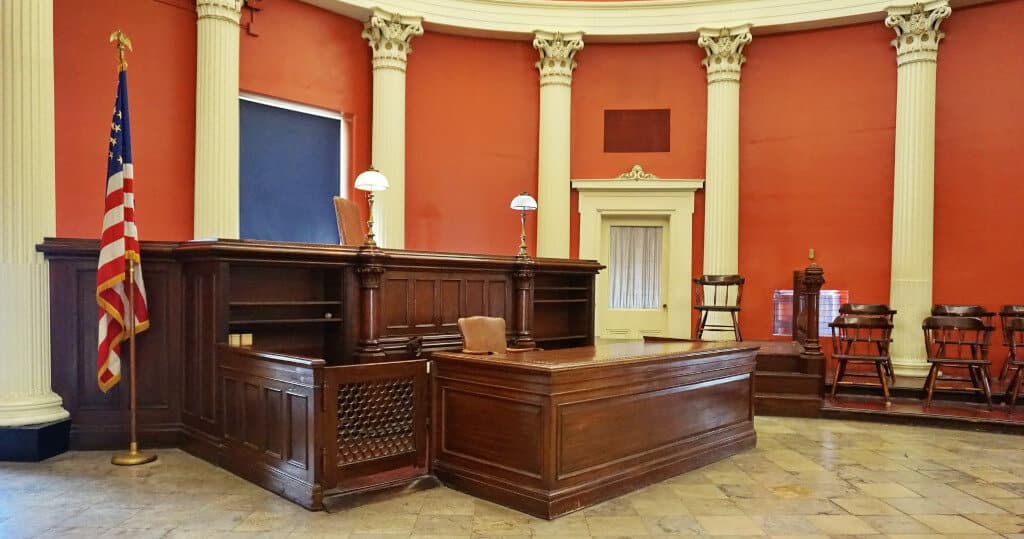
Exceptions to the 11th Amendment
There are four accepted exceptions to the ban on federal courts hearing these types of cases:
- Lawsuits can be brought in a federal court against municipalities, cities, and counties within a state.
- If a state gives its consent, then a lawsuit against it can be heard in a federal court.
- Where a state itself breaches federal law, it cannot be sued. However, a state official can be ordered to abide by federal law in his or her own name.
- Congress can suspend or remove a state’s immunity from suit in federal court. Congress has to be seen to be absolutely clear in its reasons for taking this step.
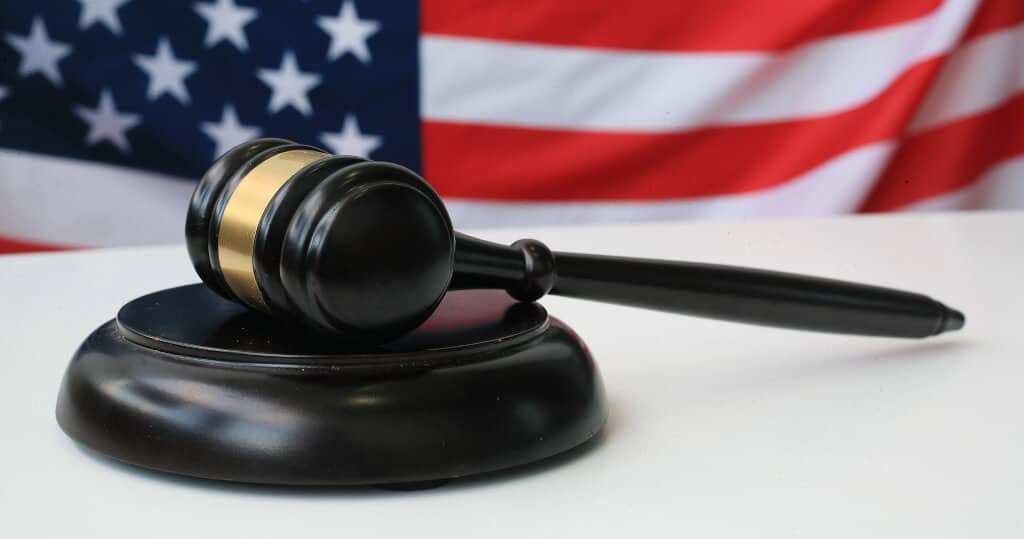
Partial State Sovereign Immunity
The 11th Amendment supports the legal position that the states that make up the United States are each independent and sovereign. Part of that sovereignty has been handed over to the federal government.

This was done voluntarily so the states could become part of the United States of America. In turn, this means that their state’s sovereign immunity from being taken to court is also only partial.
The constitutional amendment was passed and ratified by all the states in 1795. It was the first constitutional amendment to be passed in response to an issue that had arisen in interpreting the laws of the new United States of America.
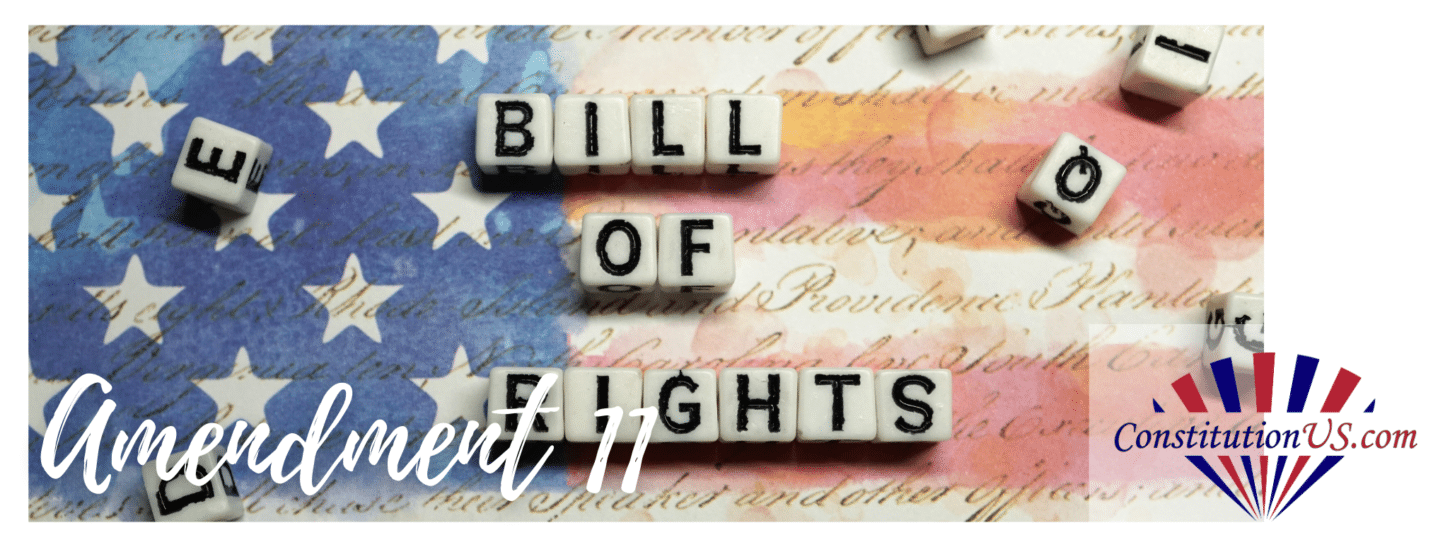
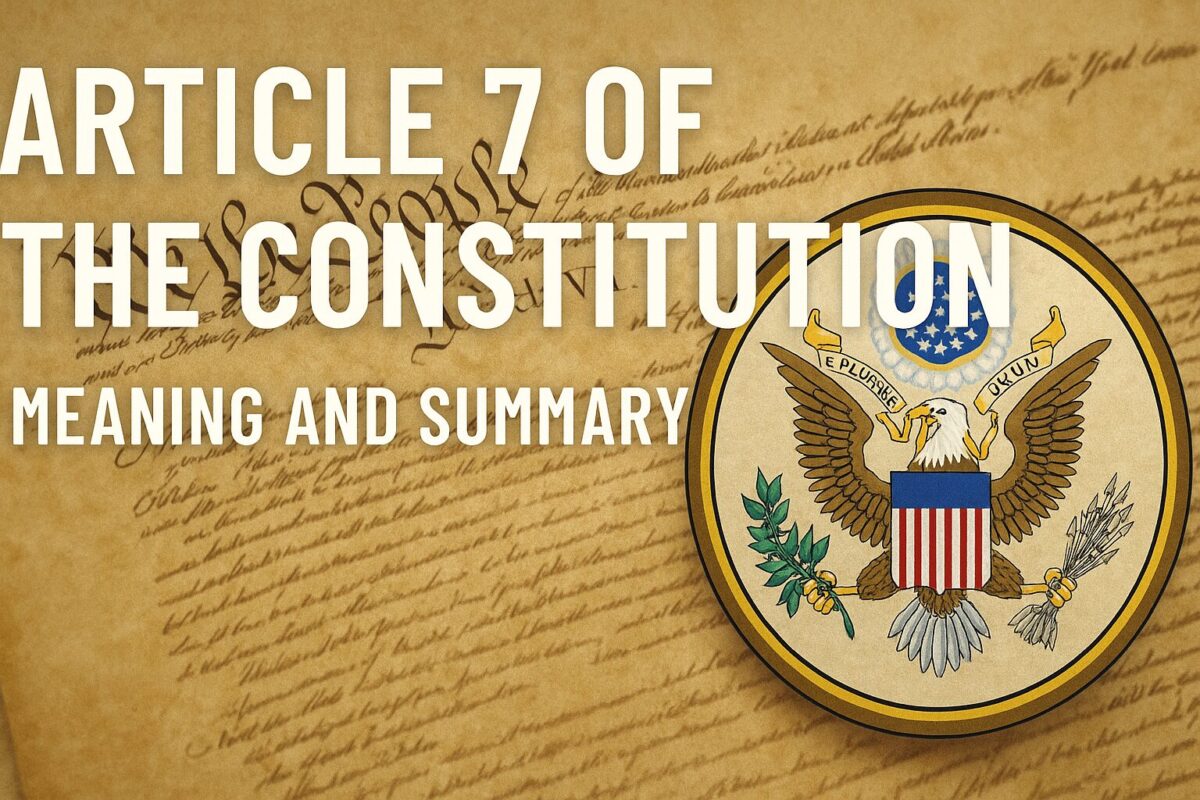
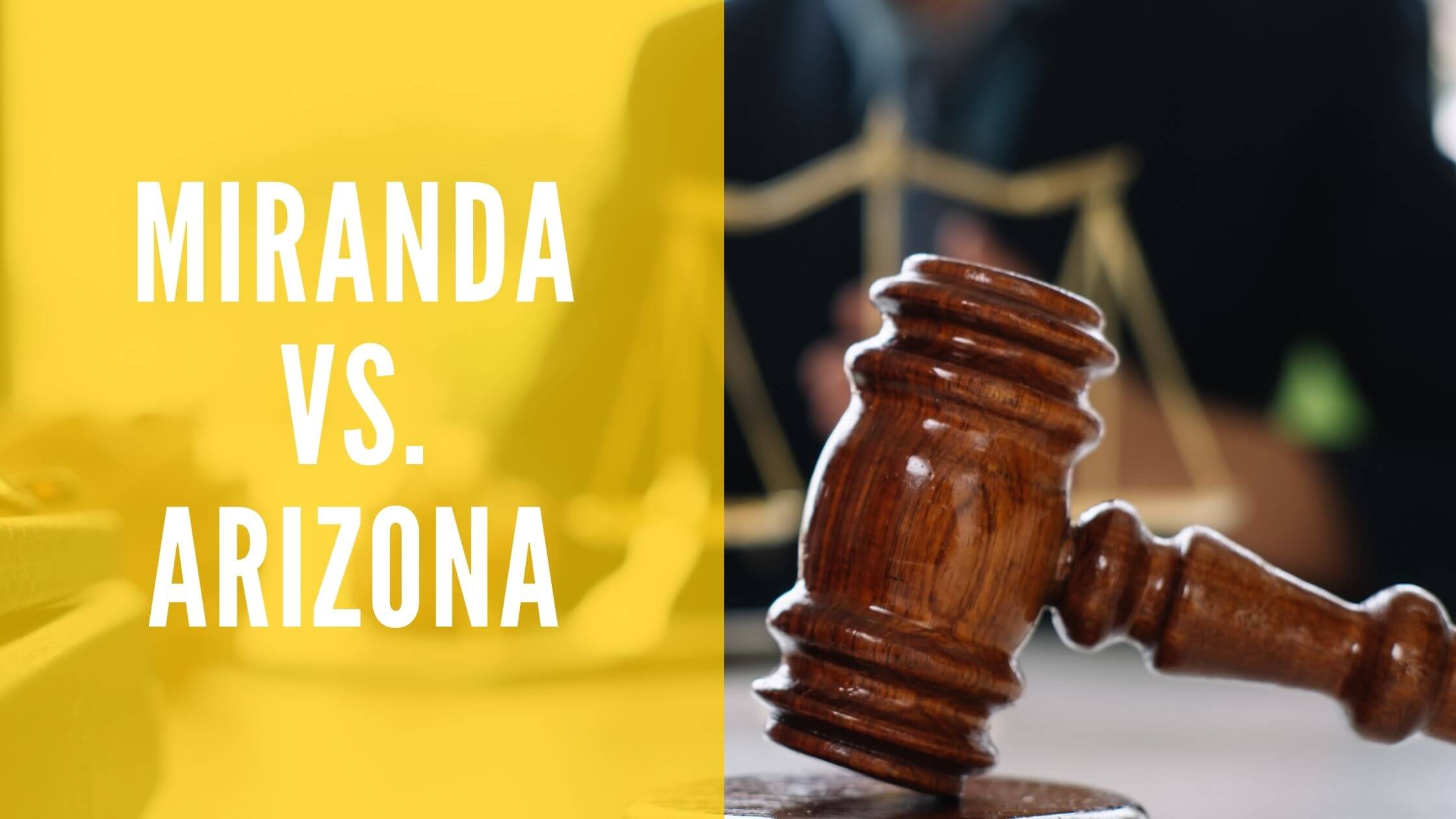
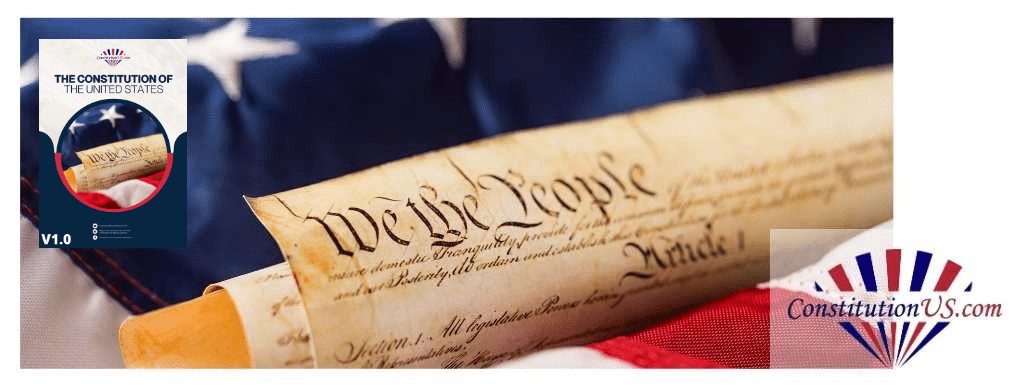
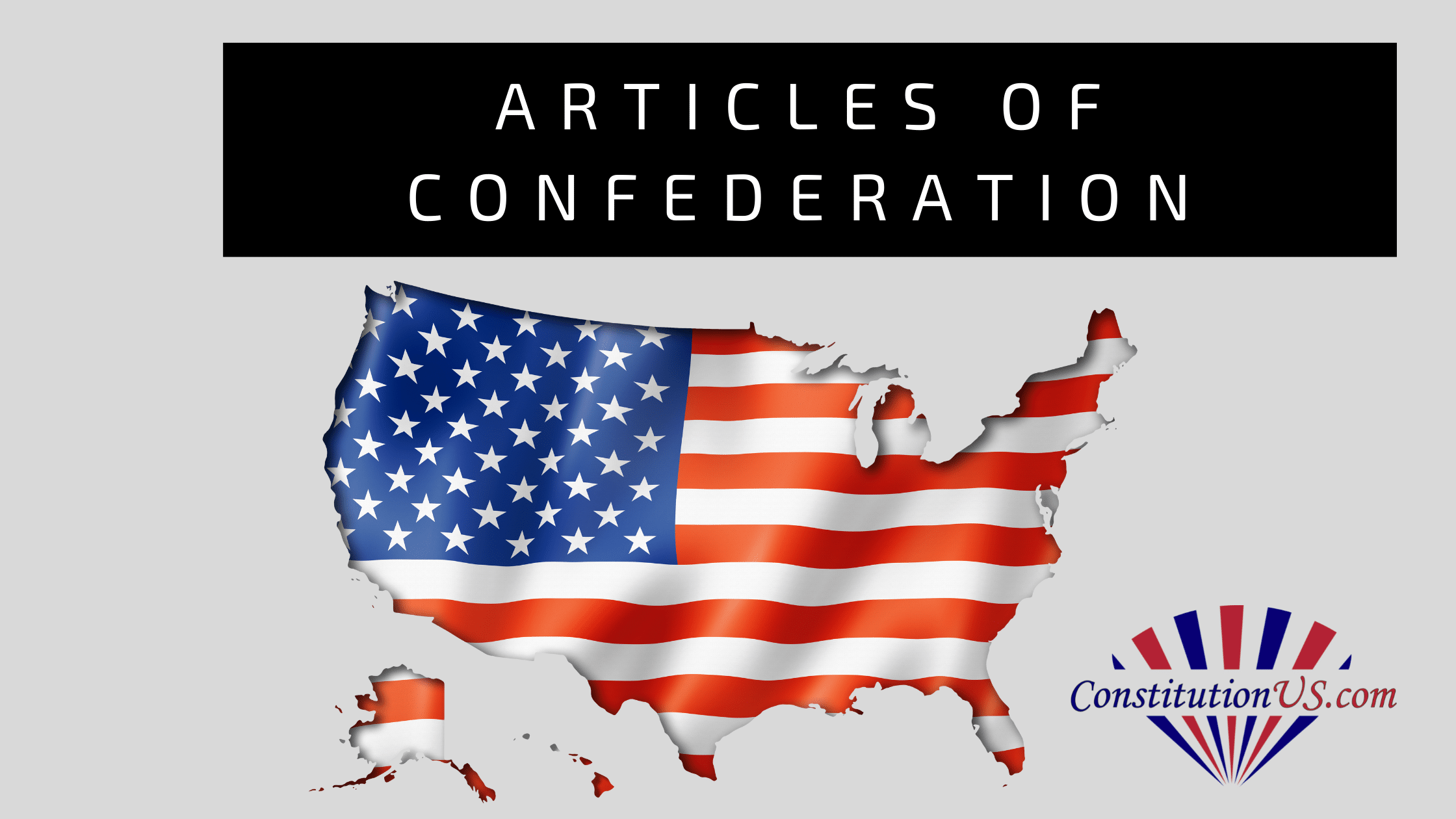
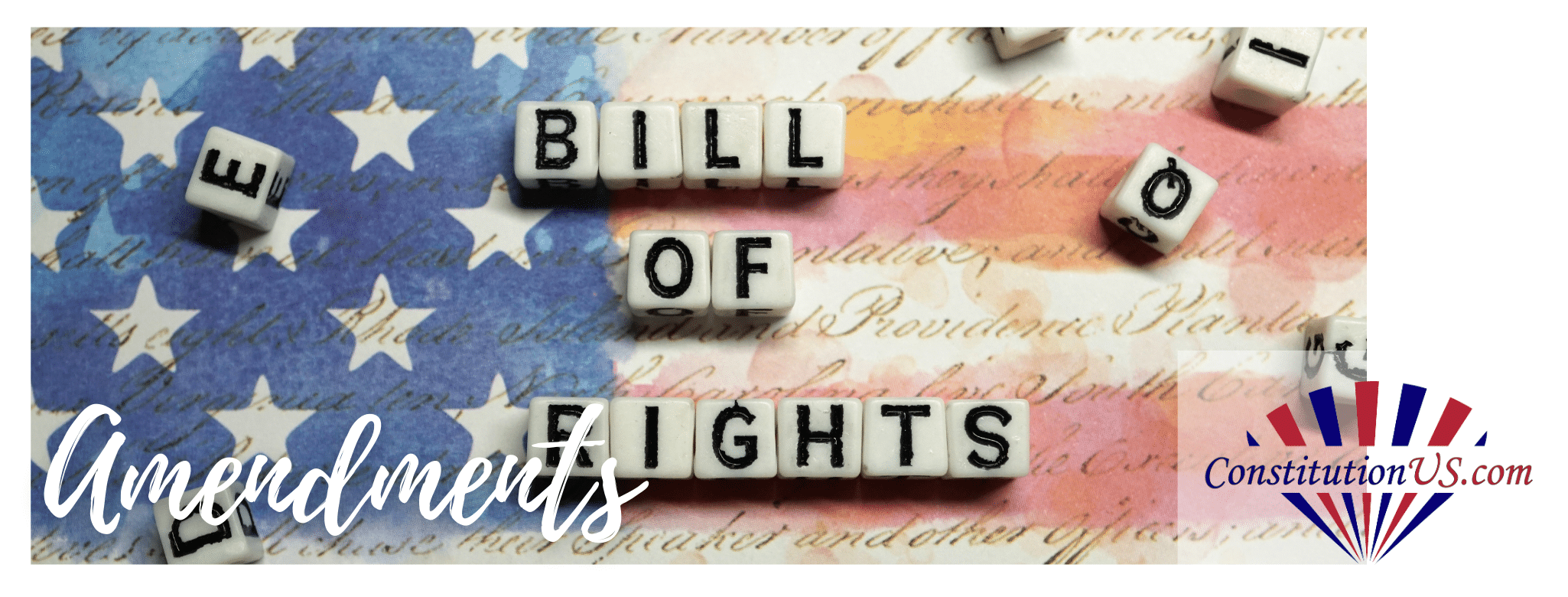
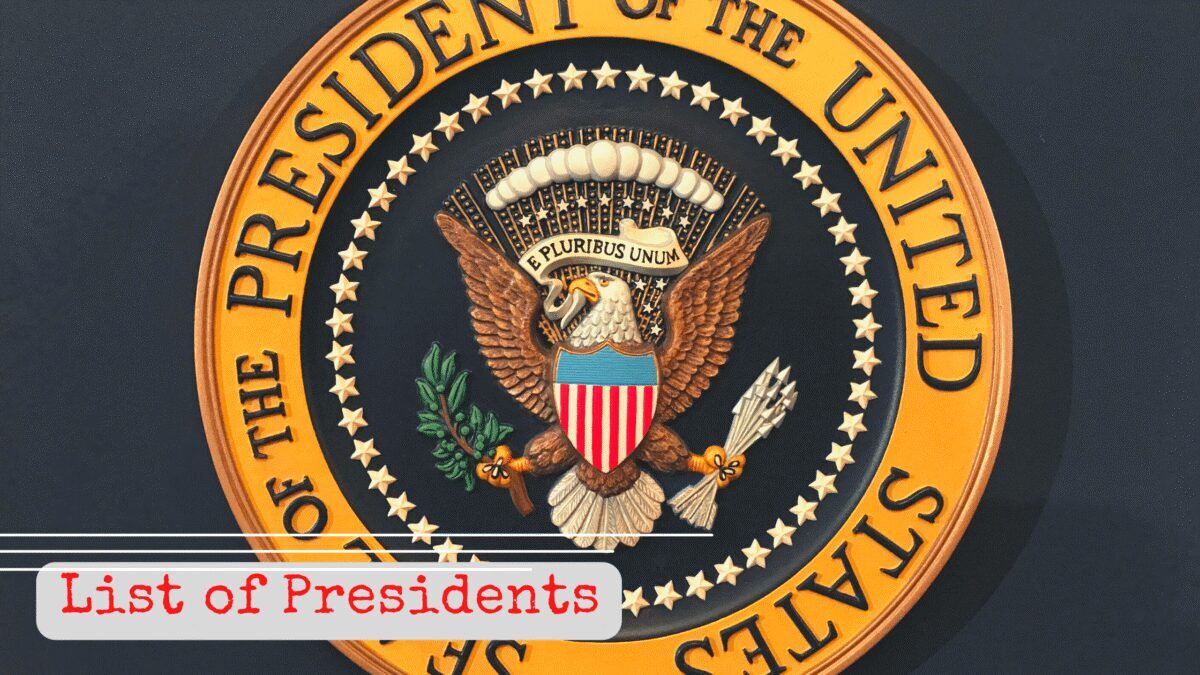
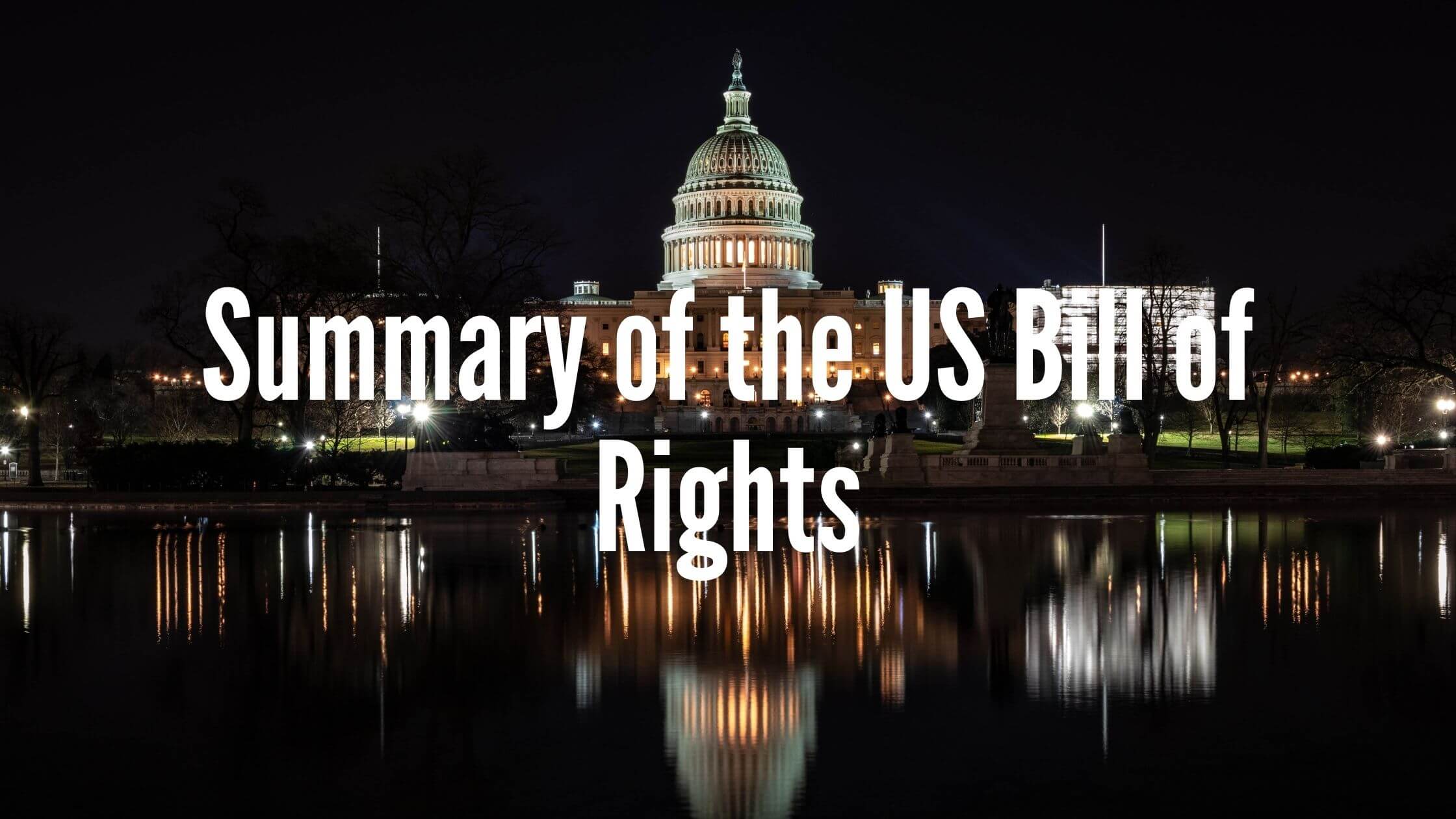
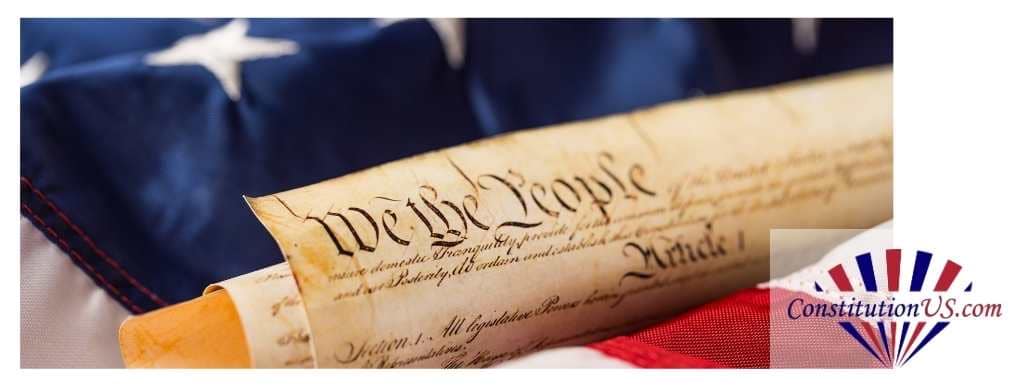

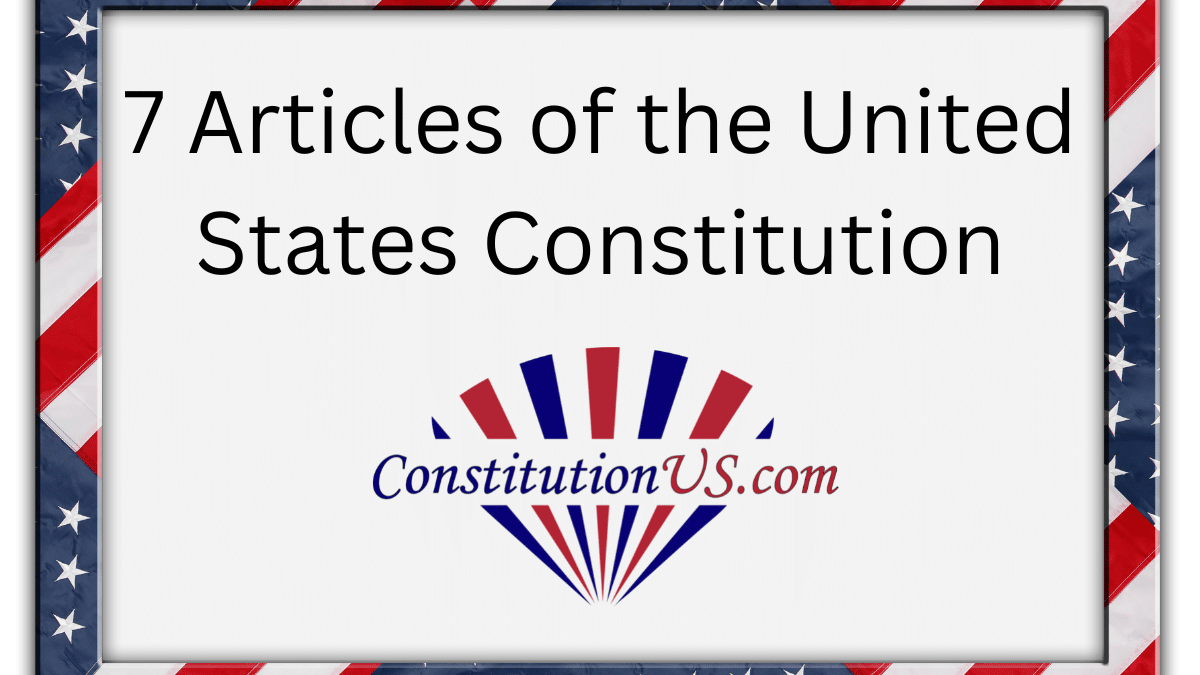
One Response
Of the four different interpretation of the 11th Amendment, two are polar opposites. Congress went far beyond opaque in its efforts to clarify, by any estimation, if conclusions that are diametrically opposed can be drawn. Something so obvious, at a defining moment, no less, could not have been accidental. Like much of the work of Congress, from necessary and proper, to implied, their use of power never leaving much to chance. Seems like great capacities of human invention have been set for some time on devising systems utterly invulnerable to reform.